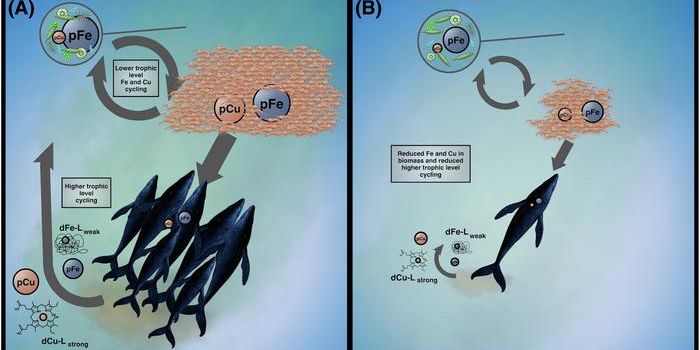New Research Proposes Cyanide as a Precursor to Life
Scientists have traveled billions of years into the past to understand how life began on Earth.
No one was around when life formed, but by recreating conditions of Earth’s early environment, scientists can understand the biochemical processes behind its formation. A research team led by Ramanarayanan Krishnamurthy, Ph.D. at Scripps Research in the U.S. recently published a study in Nature Chemistry with new insights into the chemicals that made life on Earth possible.
The study proposed cyanide as a significant player in the evolution of prebiotic metabolic pathways. Prebiotic metabolism refers to the reactions and biochemical pathways that took place in the early stages of the development of biotic organisms.
The widely accepted theory explaining how life originated is based on simple organic molecules. First, the building blocks of life were synthesized from the conditions in Earth’s early atmosphere. Next, these molecules began replicating and forming polypeptides, and we think that a cell membrane then surrounded the molecules.
Cells also began developing their own metabolic pathways, which gave them an advantage over other cells for survival. Multicellular organisms formed from the cells, and then we began to have something that looked like life.
The reverse tricarboxylic acid cycle (TCA) is a crucial metabolic pathway in the evolution of life. The pathway takes in carbon dioxide and water and produces enzymes necessary for complex life. Usually, scientists studying this cycle focus on how the reverse TCA replicated abiotically because they assume this cycle was responsible for creating the molecules used first to create life. The problem with this theory lies in the components of the cycle, which were likely unavailable in the primordial soup.
"When we look for signs of life—either on the early Earth or on other planets—we base the search on the biochemistry we know exists in life today,” Krishnamurthy said in a press release. The research team decided to think outside of the box, coming up with different catalysts that could drive reverse TCA during those early stages of development.
Cyanide, a deadly gas to evolved humans, was in abundance in Earth’s early atmosphere. So the research team wondered whether cyanide could aid in producing organic molecules in the reverse TCA. Sure enough, it worked, and they discovered that cyanide could act as a reducing agent within the cycle, taking the place of proteins or metals.
“It was scary how simple it was," Krishnamurthy said. Like ingredients in a bowl, the researchers mixed all the molecules and observed the reaction occur spontaneously. The use of cyanide as a catalyst confirmed the theory that the reverse TCA was a part of life’s early development while also reconciling with the idea that the reverse TCA we observe today would not have been possible back in the primordial soup. The reverse TCA that took place back then was much simpler than the current cycle, with cyanide as a critical player.
The chemistry is promising, but scientists won’t ever be able to say how life originated definitively; we can only give our best guesses. However, replicating the conditions of the planet’s early environment can provide us with insight into how life might evolve on other planets as well— and now we know what to look for.
Sources: Nature Chemistry, Scripps Research








